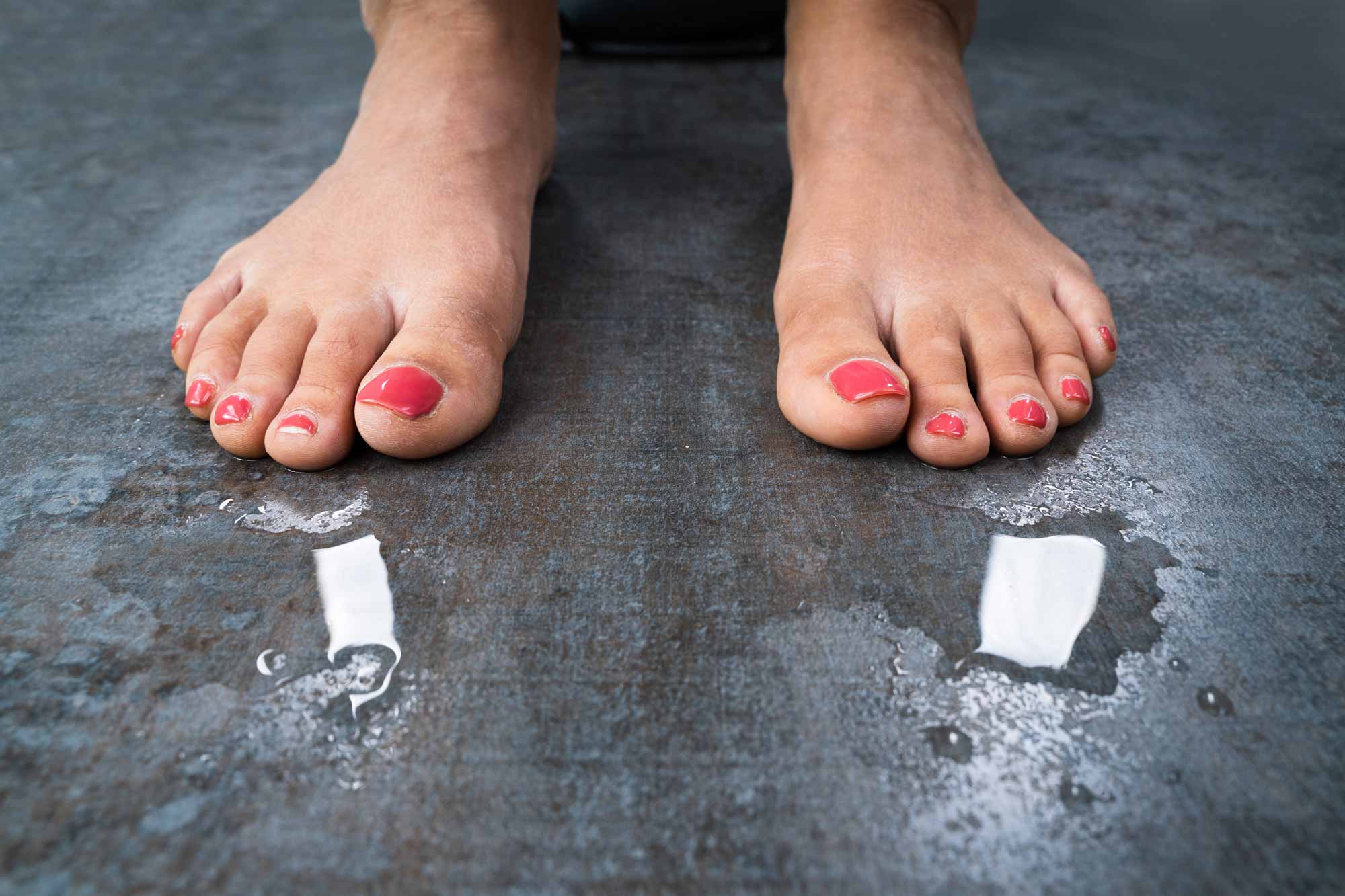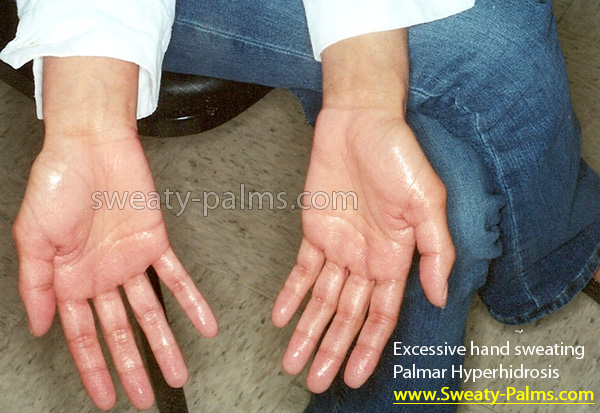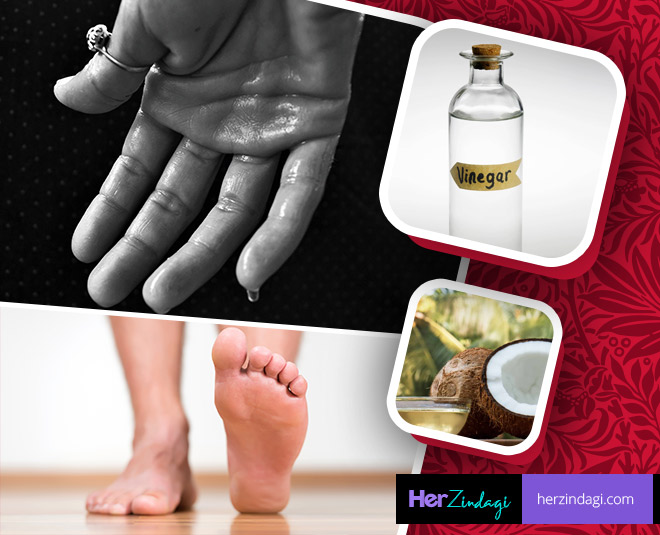Targeted Dermatology Treatments for Hyperhydrosis of Hands and Feet: Effective Solutions
Targeted Dermatology Treatments for Hyperhydrosis of Hands and Feet: Effective Solutions
Blog Article
Unveiling the Complexities of Excessive Sweating: A Comprehensive Guide to Diagnosis and Management
Extreme sweating, medically recognized as hyperhidrosis, is a condition that affects a considerable number of individuals and can have an extensive influence on their top quality of life. While sweating is a natural physical function, its overactivity in hyperhidrosis offers an one-of-a-kind collection of challenges that typically go beyond simple pain.

Recognizing Hyperhidrosis Causes
Hyperhidrosis causes can be attributed to various factors such as genetics, hormone discrepancies, and particular clinical problems. Genes play a considerable duty in main focal hyperhidrosis, where people inherit the problem from their family participants. This kind of hyperhidrosis usually manifests in specific locations like the palms, soles of the feet, underarms, and face. Hormone discrepancies, specifically an overactive thyroid gland or menopausal modifications, can also activate extreme sweating. Additionally, certain clinical problems such as diabetes mellitus, cardiovascular disease, and infections can cause secondary generalized hyperhidrosis. These underlying health and wellness issues can disrupt the body's all-natural air conditioning system, triggering the gland to come to be over active. Recognizing the origin of hyperhidrosis is critical in diagnosing and efficiently managing this condition. By determining the certain factors adding to excessive sweating, doctor can tailor therapy strategies to attend to the underlying reason, using relief and enhancing the lifestyle for people impacted by hyperhidrosis.
Recognizing Hyperhidrosis Effects

Furthermore, hyperhidrosis signs might show up in social and emotional distress, as individuals might feel self-conscious or distressed regarding their sweating, resulting in evasion of social situations (Treatment for hyperhydrosis of hands). Additionally, repeated episodes of extreme sweating can result in skin maceration, fungal infections, and a general decline in self-confidence
Diagnostic Refine for Hyperhidrosis
Starting the diagnostic process for too much sweating entails extensive evaluation of the individual's medical history and physical assessment. Asking about the beginning, duration, and causes of sweating episodes is crucial to separate between key focal hyperhidrosis and additional generalized hyperhidrosis. Case history needs to likewise include concerns concerning medications, medical conditions, and family background of hyperhidrosis.
Throughout the health examination, particular focus is paid to the areas influenced by sweating. The doctor might evaluate the degree of sweating, look for indicators of underlying problems, and examine the effect of sweating on the person's high quality of life. Additionally, particular tests like the gravimetric test, starch-iodine examination, or skin conductance measurements might be carried out to evaluate the quantity of sweat produced.
Additionally, in instances where additional hyperhidrosis is presumed, added examinations such as blood tests, pee tests, and imaging studies may be suggested to identify the underlying reason for excessive sweating. The diagnostic procedure intends to accurately determine the kind and reason of hyperhidrosis to direct suitable administration approaches.
Therapy Choices for Hyperhidrosis
When resolving excessive sweating, various therapy options are offered to minimize signs and improve the person's lifestyle. The therapy technique for hyperhidrosis depends on the extent of signs and the client's reaction to initial therapies.
Topical therapies, such as aluminum-based antiperspirants, are typically suggested as the initial line of defense for managing moderate situations of hyperhidrosis. These products work by connecting the sweat ducts, hence lowering the quantity of sweat that reaches the skin's surface area. For people with a lot more serious signs and symptoms, oral drugs like anticholinergics might be suggested to help reduce sweating. These drugs can have side results and are not appropriate for everyone.

Effective Monitoring Strategies
To effectively take care of hyperhidrosis, a extensive and customized treatment strategy tailored to the person's certain needs and reaction to previous therapies is crucial. This plan might incorporate a mix of therapeutic approaches, consisting of way of living modifications, topical therapies, oral drugs, botulinum toxin shots, iontophoresis, and in severe situations, surgical interventions like sweat gland elimination or sympathectomy. Lifestyle alterations such as putting on moisture-wicking clothing, using antiperspirants, and practicing stress-reducing methods can complement clinical interventions. Topical antiperspirants having light weight aluminum chloride are commonly the first-line treatment, with more powerful formulations available for immune instances. Dental drugs like anticholinergics might be recommended for generalized hyperhidrosis. Botulinum toxic substance this content shots work for focal hyperhidrosis, providing short-term relief by obstructing the launch of acetylcholine. Iontophoresis, including using a low electric present to lower sweat gland activity, can be valuable for both palmoplantar and axillary hyperhidrosis. Surgical alternatives are generally booked for extreme, refractory instances and call for mindful consideration of benefits and threats. A multidisciplinary approach including skin specialists, key treatment physicians, and, if required, cosmetic surgeons, can enhance the monitoring of hyperhidrosis.
Conclusion
In verdict, hyperhidrosis is a condition read here defined by extreme sweating, which can considerably affect a person's quality of life. With proper medical diagnosis and monitoring methods, individuals experiencing from hyperhidrosis can find relief and improve their general well-being.
Extreme sweating, medically recognized as hyperhidrosis, is a problem that impacts a significant number of people and can have an extensive impact on their top quality of life. By identifying the details aspects contributing to excessive sweating, health care suppliers can tailor treatment strategies to deal with the underlying reason, supplying relief and improving the top quality of life for individuals affected by hyperhidrosis.
Hyperhidrosis, identified by extreme sweating past what is necessary for controling body temperature, can substantially affect an individual's high quality of life. Making inquiries concerning the start, period, and sets off of sweating episodes is important to set apart in between key focal hyperhidrosis and secondary generalised hyperhidrosis. Sweaty hands treatment.In final thought, hyperhidrosis is a condition defined his explanation by excessive sweating, which can substantially influence a person's quality of life
Report this page